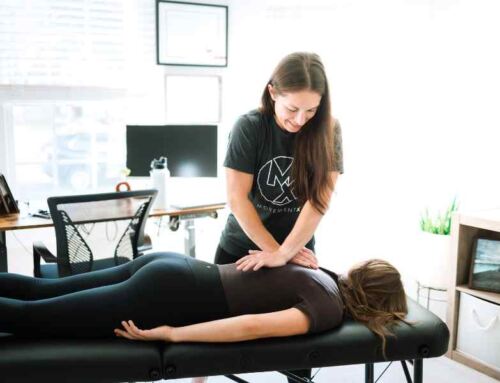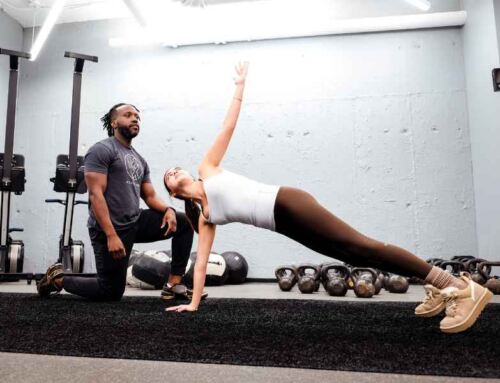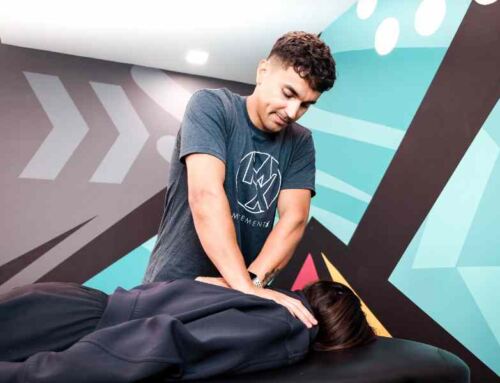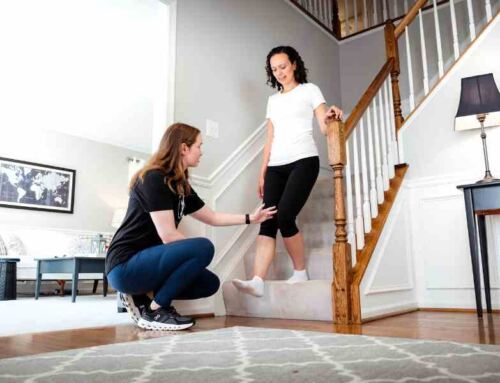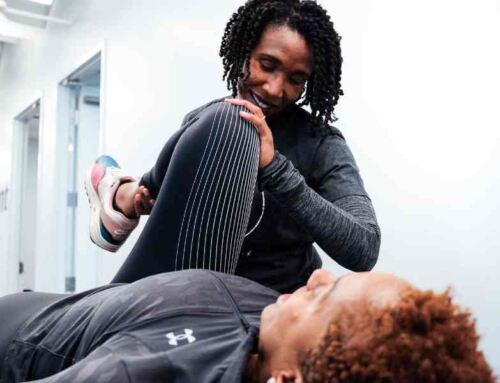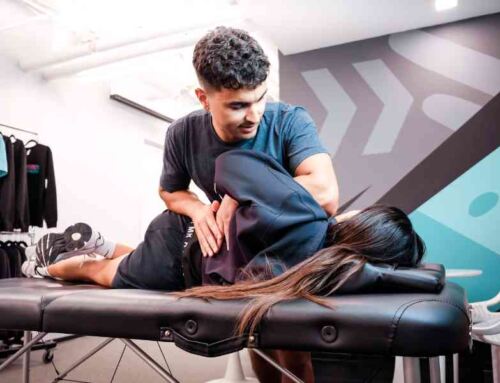Published On: September 19th, 2022Tags: Chronic Pain, Ehlers Danlos Syndrome (EDS) and Hypermobility, Joint Pain and Stiffness
About the Author: Mikaila Boldt, PT, DPT
Dr. Mikaila Boldt, PT, DPT is a physical therapist with MovementX in Pinehurst, North Carolina. Her specialties include dry needling, yoga, orthopedic pain recovery, neurological rehab, and manual therapy.
100% Human-Written Content
Book a PT
Session
with MovementX
Related Resources
Found this page interesting? Discover more insightful resources below.
Ready to Start Moving Better?
MovementX physical therapists near you are ready to help you achieve your movement goals.


